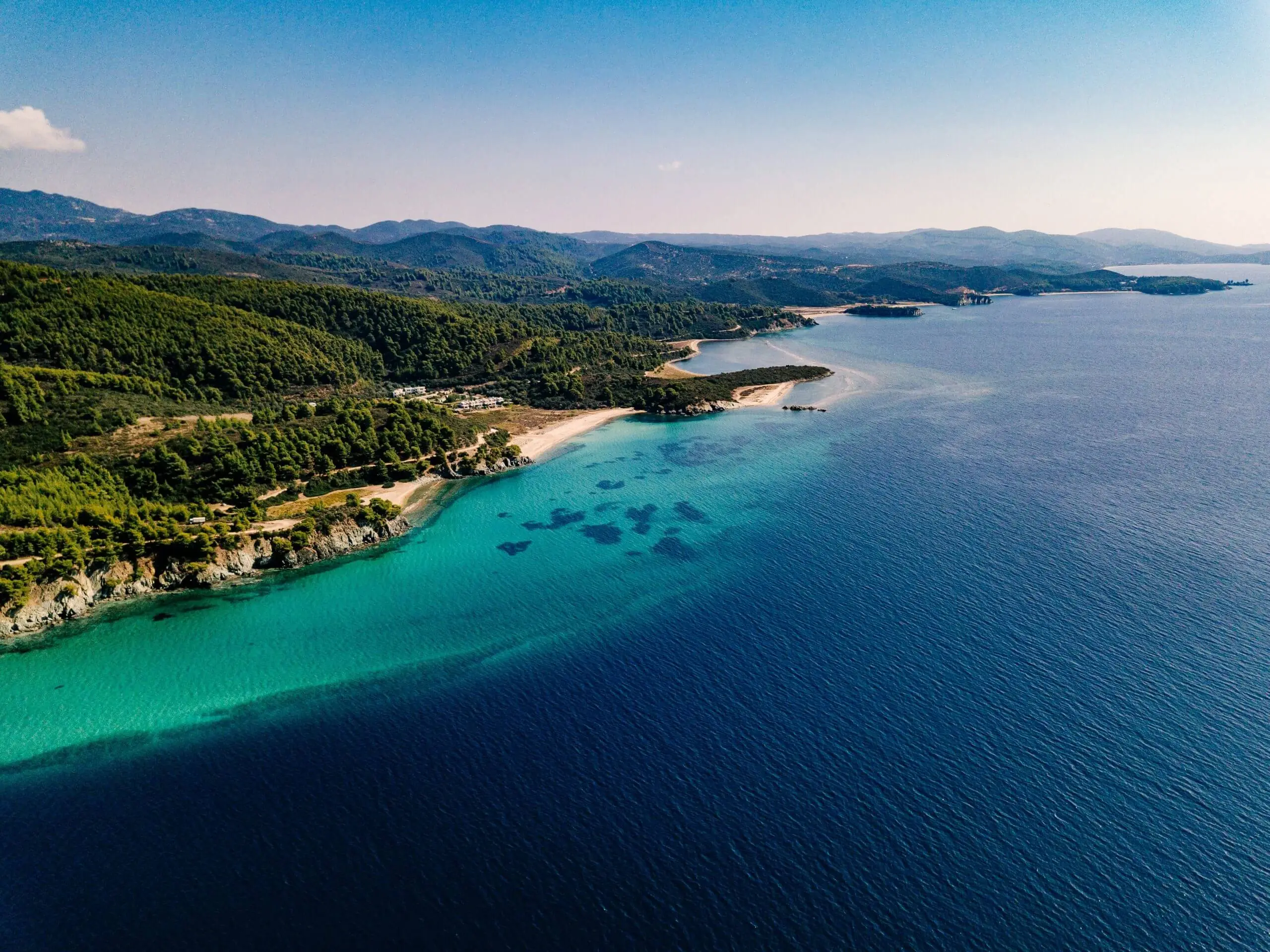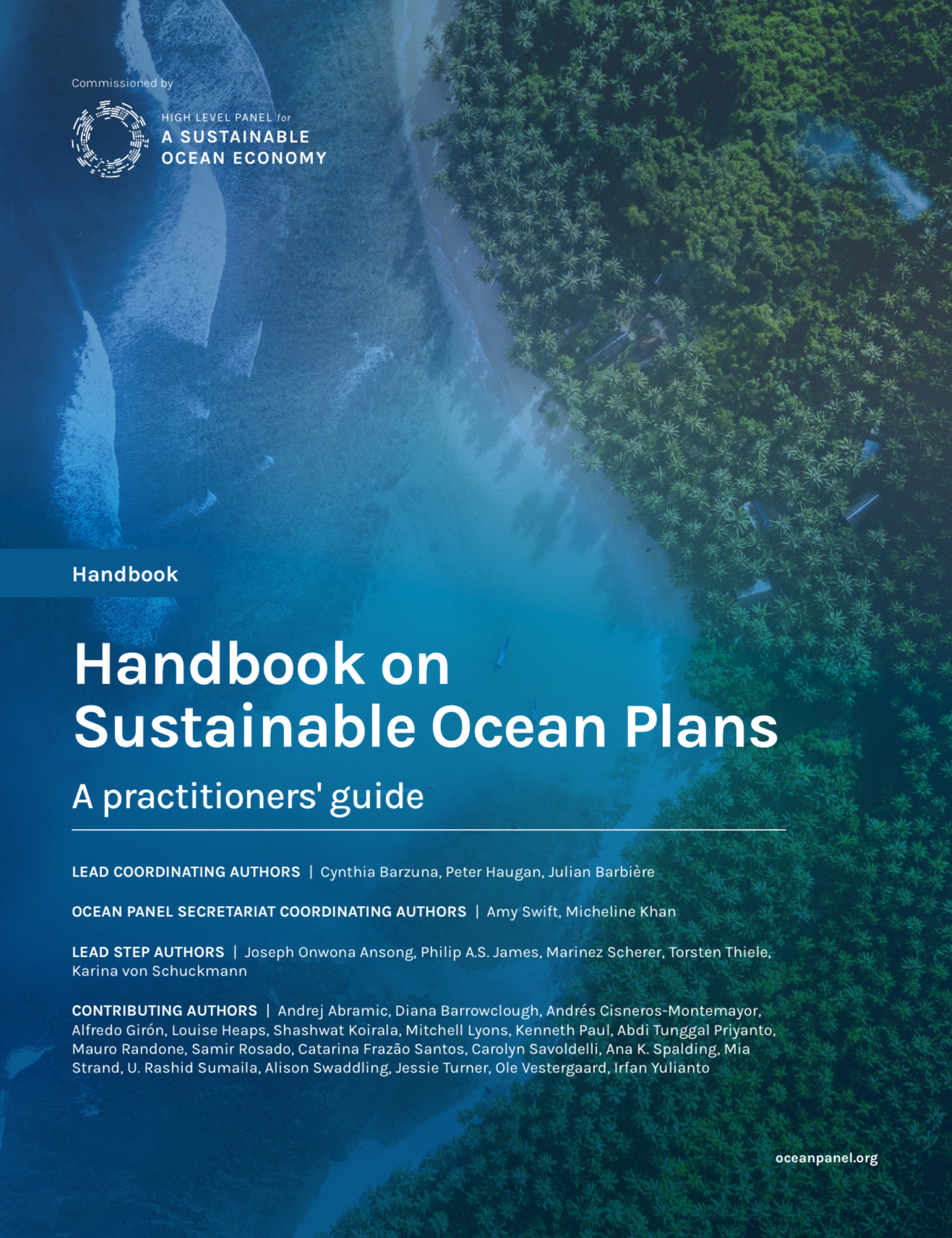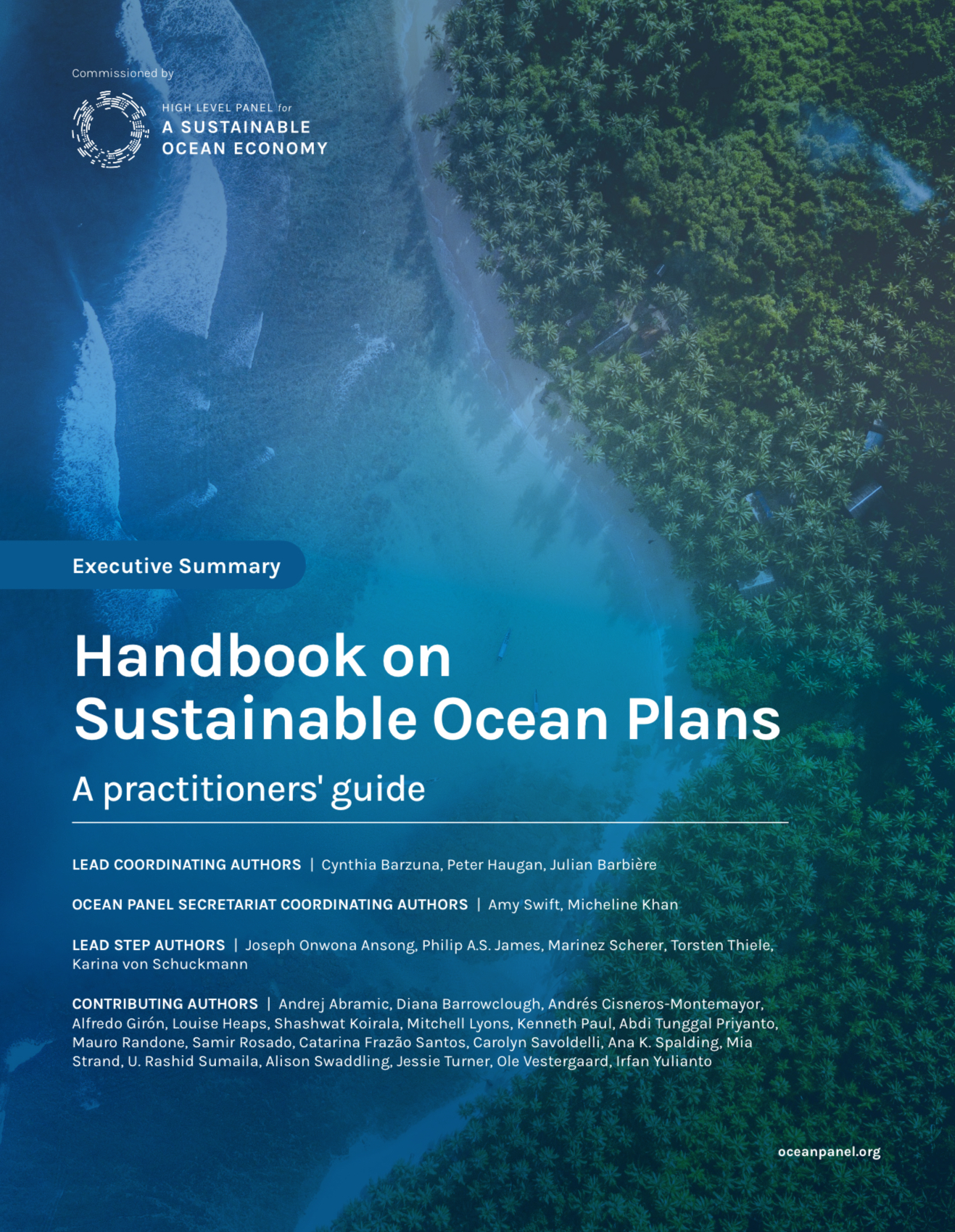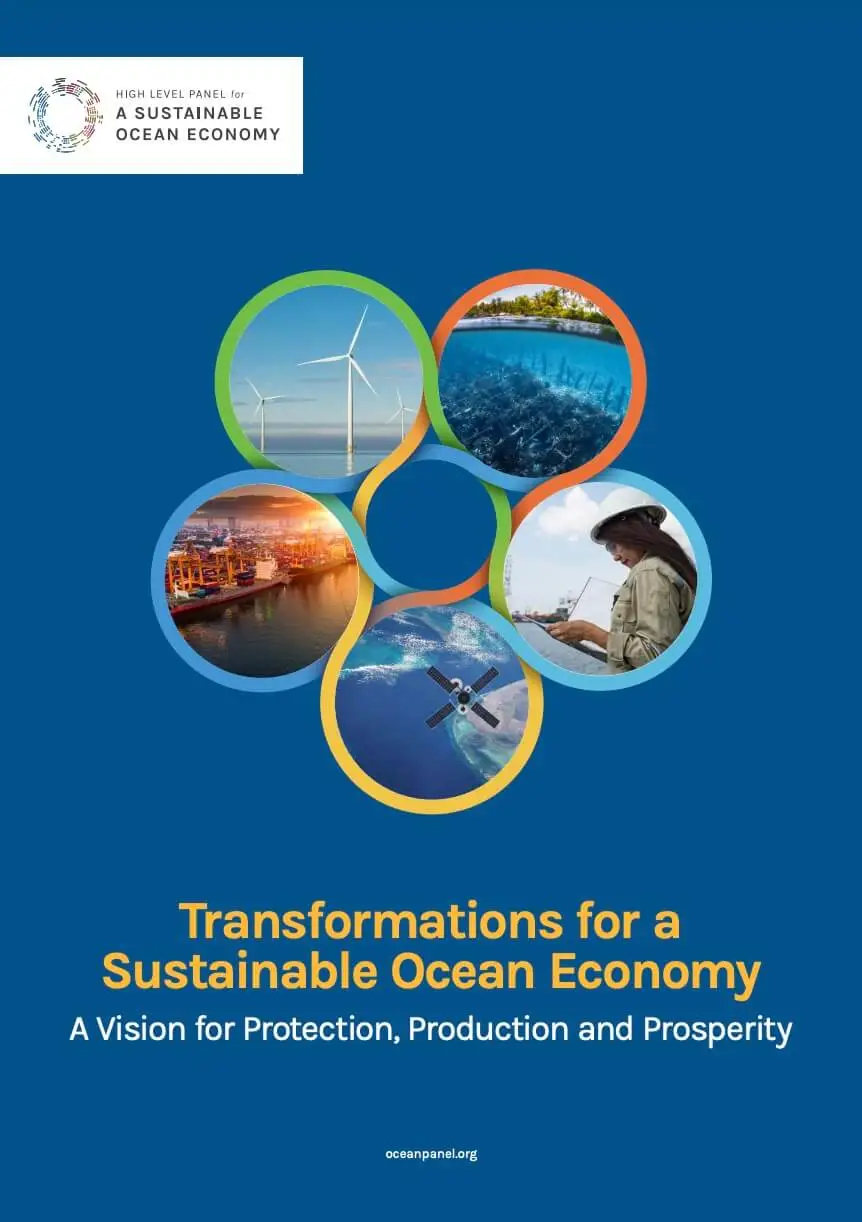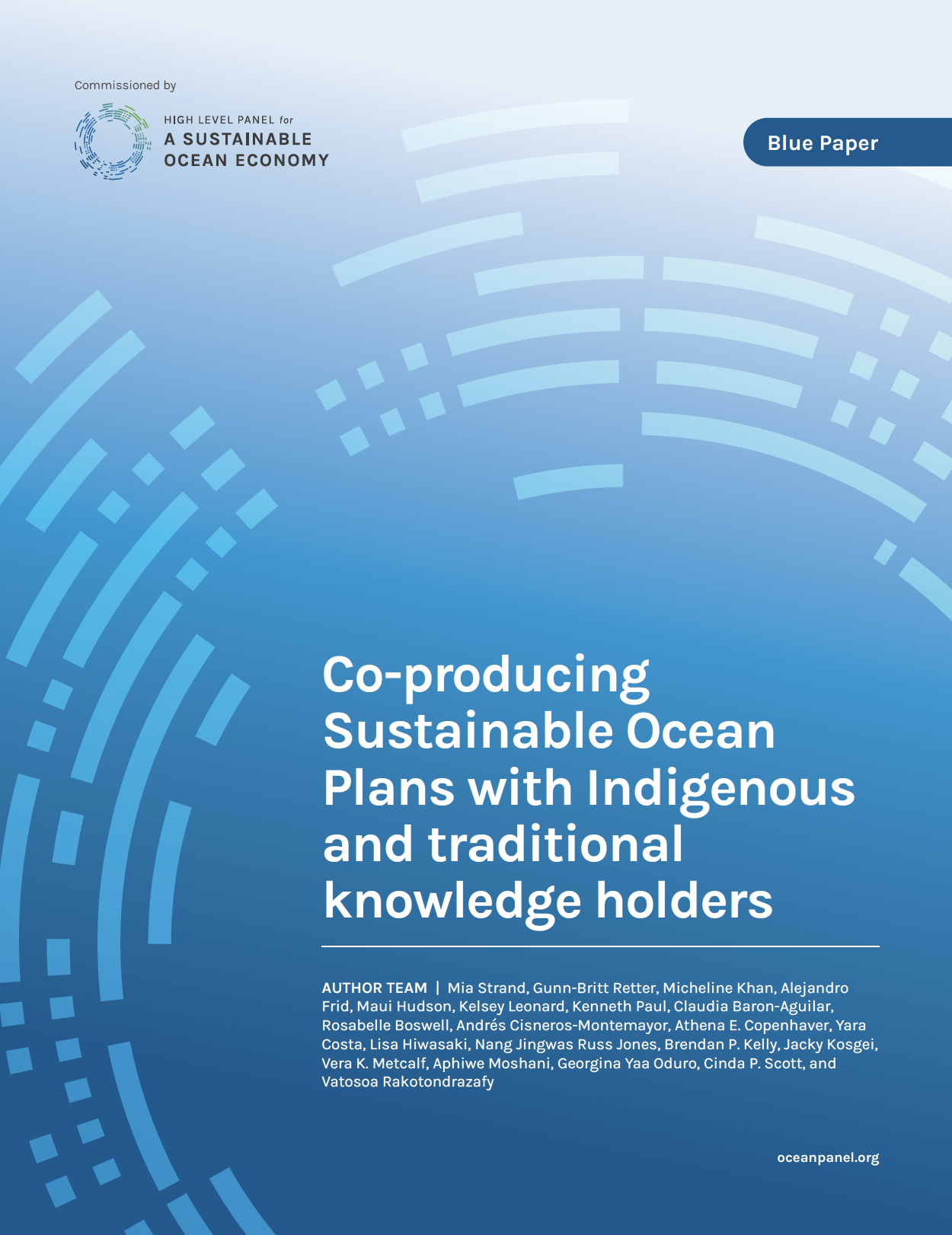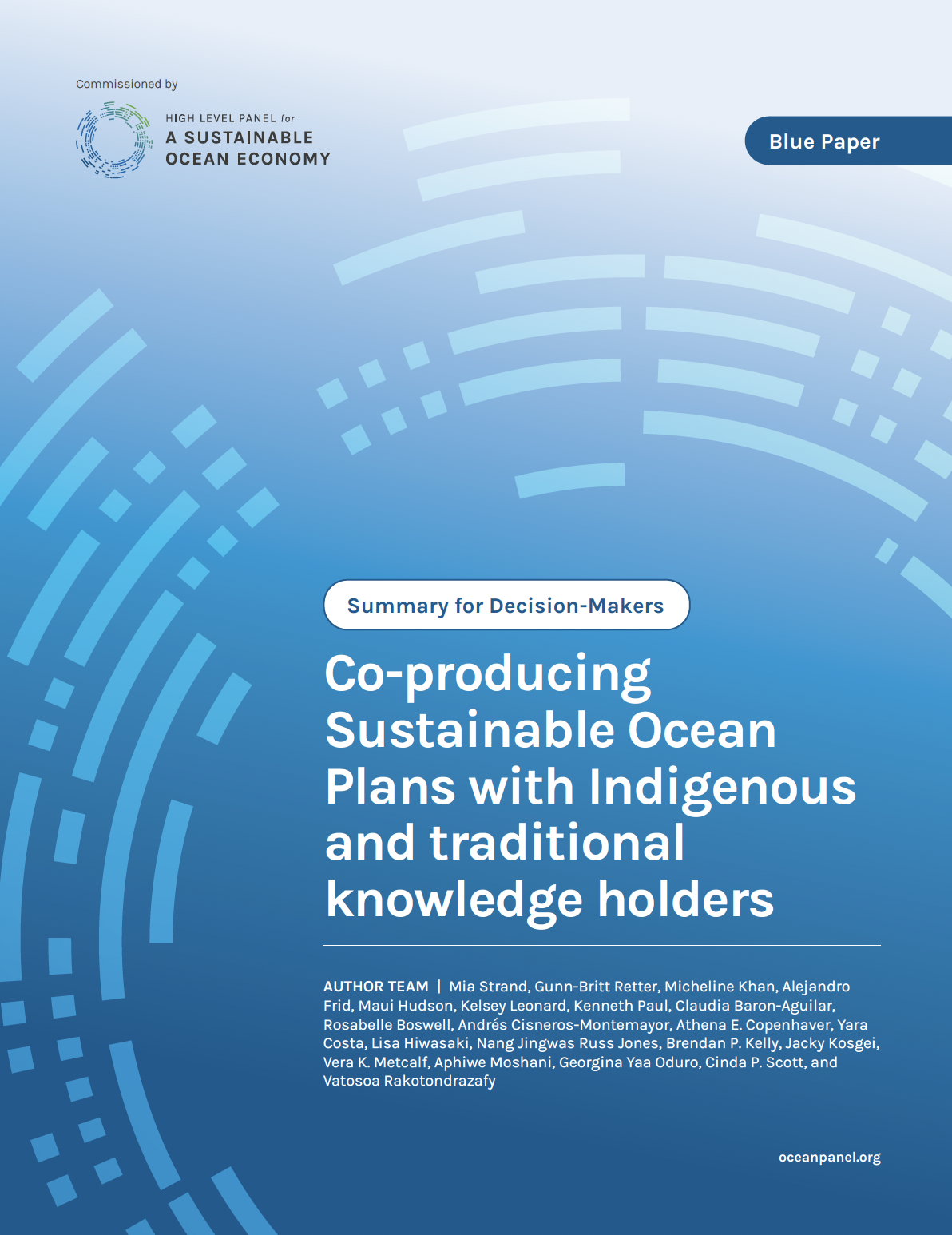The ‘Handbook on Sustainable Ocean Plans: A Practitioners’ Guide’ provides a practical framework to help countries design and implement Sustainable Ocean Plans (SOPs). SOPs are comprehensive, country-driven frameworks to sustainably manage 100% of the ocean area under national jurisdiction.
These unifying “umbrella” frameworks align all ocean-related policies, governance mechanisms and management tools, helping countries integrate ocean sustainability into national development priorities, align with international commitments and best practices, and ensure the long-term health, productivity and resilience of marine ecosystems.
Although each country’s plan reflects its unique context and priorities, all Sustainable Ocean Plans share nine core attributes that ensure coherence, inclusivity, and effectiveness.
Following on the work of Ocean Panel members, the Handbook opens up sustainable ocean management to more countries through aligned initiatives like the 100% Alliance which calls on all coastal and ocean states to commit to sustainably manage 100% of ocean areas under national jurisdiction, guided by Sustainable Ocean Plans.
The Handbook was developed to guide practitioners, policymakers, and partners through a structured, step-by-step process to create, finance, and implement effective SOPs that balance ecological integrity with social and economic development.
Five Key Steps to Developing a Sustainable Ocean Plan
Step 1: Setting Objectives and Defining Scope
Establish a shared vision through collaboration and coordination across sectors, ensuring that all stakeholders — including women, youth, and Indigenous and local communities — are meaningfully involved.
Step 2: Financial Planning and Resource Mobilisation
Identify and secure sustainable financing by integrating SOPs into national budgets, leveraging subnational and development finance, and mobilising both public and private investment.
Step 3: Defining the Baseline and Analysing Future Conditions
Collect and analyse environmental and socio-economic data to establish a clear baseline and understand potential future scenarios for effective decision-making.
Step 4: Building the Sustainable Ocean Plan
Integrate objectives, data, and financial strategies into a cohesive, inclusive, and adaptive plan that supports holistic ocean governance.
Step 5: Implementation and Action Planning
Develop a phased implementation roadmap with monitoring and evaluation mechanisms, indicators, and feedback systems to track progress and strengthen adaptive management.
By adopting the guidance outlined in the Handbook, countries can accelerate progress toward sustainable ocean governance that benefits both people and planet. Sustainable Ocean Plans provide a practical pathway to integrate ocean health into national development priorities, strengthen resilience to climate change, and ensure that marine resources are managed equitably and responsibly.




